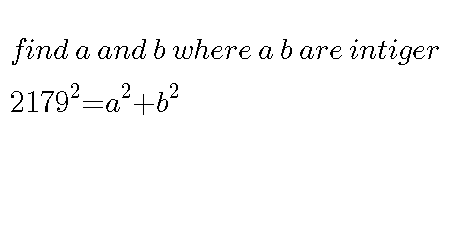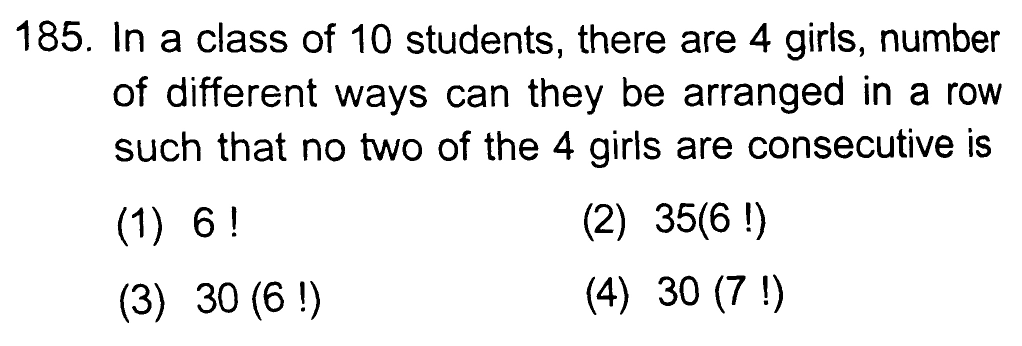
AllQuestion and Answers: Page 1777
Question Number 31677 Answers: 1 Comments: 0
Question Number 31676 Answers: 0 Comments: 0
Question Number 31675 Answers: 0 Comments: 4
Question Number 31674 Answers: 0 Comments: 0
Question Number 31673 Answers: 0 Comments: 0
Question Number 31672 Answers: 0 Comments: 2
Question Number 31671 Answers: 0 Comments: 0
Question Number 31670 Answers: 1 Comments: 0
Question Number 31669 Answers: 0 Comments: 0
Question Number 31666 Answers: 1 Comments: 0
Question Number 32371 Answers: 2 Comments: 1
Question Number 31648 Answers: 0 Comments: 0

Question Number 31642 Answers: 0 Comments: 1
Question Number 31639 Answers: 1 Comments: 0

Question Number 31628 Answers: 0 Comments: 5
Question Number 31626 Answers: 1 Comments: 0

Question Number 31620 Answers: 0 Comments: 0

Question Number 31619 Answers: 1 Comments: 0

Question Number 31611 Answers: 2 Comments: 1

Question Number 31596 Answers: 2 Comments: 2

Question Number 31595 Answers: 2 Comments: 2

Question Number 31594 Answers: 1 Comments: 0

Question Number 31591 Answers: 1 Comments: 4

Question Number 31584 Answers: 1 Comments: 0

Question Number 31583 Answers: 0 Comments: 0
$${how}\:{to}\:{read}\:{this}\:\langle{x}\rangle.\:{p} \\ $$
Question Number 31579 Answers: 1 Comments: 0
Pg 1772 Pg 1773 Pg 1774 Pg 1775 Pg 1776 Pg 1777 Pg 1778 Pg 1779 Pg 1780 Pg 1781
